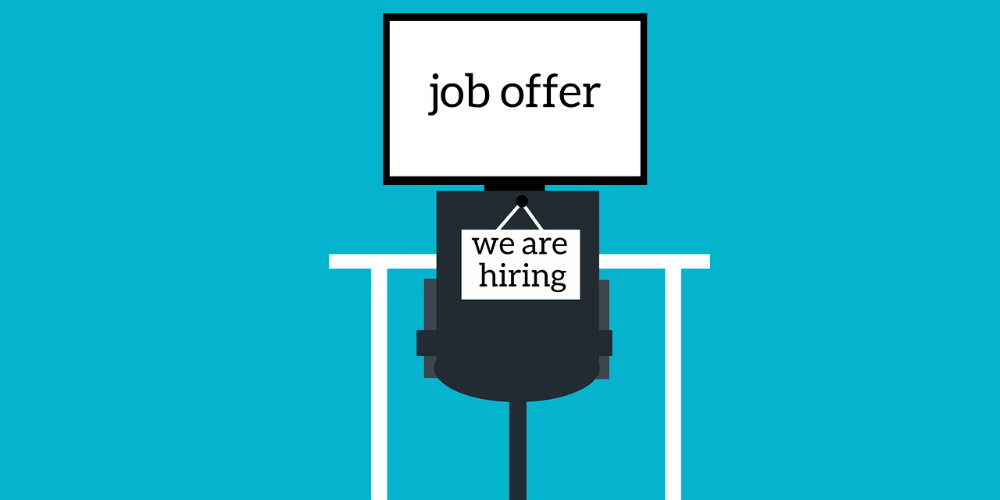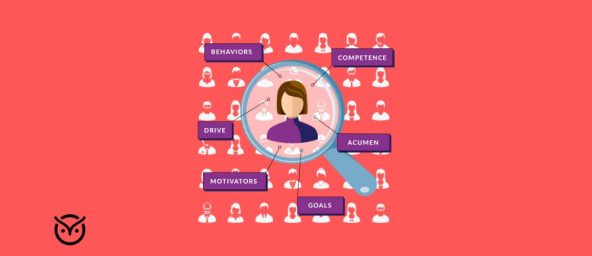
TL;DR
- Personalization boosts offer acceptance and strengthens employer brand.
- Use AI to speed up tasks, but keep interactions human.
- Track and engage talent with a recruitment CRM.
- Communicate in the candidate’s preferred way.
- Match jobs based on skills and goals, not mass posting.
- Adapt interviews to the role and person.
- Showcase real employee stories in your brand.
- Combine data insights with genuine listening.
- Tailor onboarding for each role.
- Act on candidate feedback to improve the process.
When candidates have a bad experience, they don’t just shrug it off. They will vent about it—whether to friends, on Glassdoor, or even over coffee chats. Word gets around fast, and suddenly, the best candidates might think twice before applying to your company.
That’s why a personalized candidate experience isn’t just ‘good to have’ anymore; it’s table stakes for landing top talent. This blog will explore 10 actionable strategies that empower your team to deliver a personalized candidate experience that resonates without sacrificing efficiency.
Why Personalizing the Candidate Experience Matters

Your employer brand isn’t just about your careers page or social media posts, it’s shaped by every interaction a candidate has with your company. A personalized hiring experience doesn’t just fill roles faster; it turns candidates into advocates, whether they get the job or not.
AI, automation, and chatbots are transforming recruitment, but the human touch still matters. The best companies know that personalizing the candidate experience is about blending tech with empathy to create meaningful connections.
You’ll face another talent crunch. But here’s the kicker: it’s not just about making candidates feel good. When the market shifts, candidates will flock to companies that treated them well during hiring.
Consider these insights:
- 38% higher acceptance rate – Candidates with a positive experience are far more likely to accept your job offer.
- 60% drop-off risk – Complex or lengthy applications make most job seekers abandon the process.
- Bad experiences spread fast – 77% of candidates will share negative feedback, damaging your employer brand.
These statistics underscore that a personalized approach not only enhances candidate satisfaction but also strengthens your employer brand and boosts offer acceptance rates.
How Can You Personalize the Candidate Experience?

- Leverage AI to Streamline Hiring (Without Losing the Human Touch)
AI is transforming recruitment by handling time-consuming tasks like interview scheduling and resume screening, freeing up recruiters to focus on building relationships. The AI recruitment market hit $660.17 million in 2025 to reach $1125.84 million by 2033. The key? Use AI to speed up the process, but keep candidate interactions personal. After all, people want to feel valued, not just processed by a bot.
- Nurture Talent with a Recruitment CRM
A strong Candidate Relationship Management (CRM) system helps recruiters keep track of potential hires in a meaningful way. Instead of just storing resumes, it lets you personalize follow-ups, track engagement, and build a pipeline of top talent. Think of it like networking—except with data to back up your instincts. The result? Better connections, smarter hiring decisions, and candidates who feel like more than just another name in the system.
- Talk to Candidates the Way They Want
Not everyone likes being flooded with emails. Some prefer a quick text, a LinkedIn message, or even an old-school phone call. A simple “What’s the best way to reach you?” early in the process can make all the difference. When you communicate on their terms, candidates are more likely to respond, stay engaged, and feel valued.
- Stop Spray-and-Pray Job Matching
Forget the old “post and pray” approach. Today’s recruiters use data-driven insights to suggest roles that align with a candidate’s skills, experience, and even long-term goals. When job recommendations feel personal, candidates are more likely to engage, and you’re more likely to make placements that stick. It’s a win-win: they find the right fit, and you build trust as a recruiter who actually gets them.
- Ditch the One-Size-Fits-All Interview
A rigid interview process can scare off great talent. Why grill a designer with hypotheticals when a portfolio review tells you more? Or test a developer with abstract questions instead of a real-world task? Adapting your interviews to the role—and the person—shows you respect their expertise and time. Plus, you’ll get a much clearer picture of whether they’re the right fit.
- Make Your Employer Brand Feel Human
Your careers page shouldn’t sound like a corporate brochure. Show, don’t just tell. Share real employee stories—like the marketer who switched from finance, or the engineer who grew into leadership. When candidates see people like them thriving at your company, they don’t just apply… they picture themselves there. And that’s how you attract talent that truly aligns with your culture.
- Let the Numbers Guide You (But Don’t Lose the Human Touch)
Great hiring isn’t about choosing between intuition and data – it’s about using both together. When we actually listen to candidates at every step (not just collect feedback, but really hear it), we uncover the real story behind our hiring process. Those frustrating delays? The confusing interview steps? They’re not just operational issues – they’re experiences shaping how people see your company.
- First Impressions Matter – Even After Day One
Onboarding shouldn’t be a generic checklist. A developer needs different resources than a sales rep, and a new manager needs different introductions than an individual contributor. Customize the welcome experience—it shows you see them as a person, not just a hire. Plus, thoughtful onboarding = faster ramp-up and happier employees.
- Actually Listen to What Candidates Tell You
Asking for feedback is easy. Acting on it is what sets you apart. When candidates share their experience—good or bad—it’s pure gold. Maybe your interview process feels impersonal, or your communication is spotty. Whatever it is, use that insight to improve. It’s the fastest way to show candidates (and hires) that you’re not just ticking boxes—you’re building a better process.
- Tech Should Help – Not Replace – the Human Connection
Automation is great for scheduling and screening, but people hire people. A personalized email, a quick check-in call, or a genuine conversation during interviews can turn a standard process into a memorable experience. The magic happens when you pair efficiency with empathy, because at the end of the day, candidates want to feel like more than just a resume in your ATS.
Conclusion
The best talent teams know that personalization isn’t about reinventing the wheel—it’s about small, intentional touches that make a big difference. Whether tailoring communication, refining interviews, or acting on feedback, these strategies don’t just improve hiring and build relationships. And when candidates feel valued from the first touchpoint to onboarding (and beyond), your employer brand and hiring success will speak for themselves.
[sticky heading=”See a Jump in Candidate Engagement—Real-Time Strategy in Action” content=”Best practices are nice, but actions get results. Vettio’s real-time strategy tools drive up candidate engagement and cut recruitment cycles —no extra effort required. ” link=”https://vettio.com/”]




